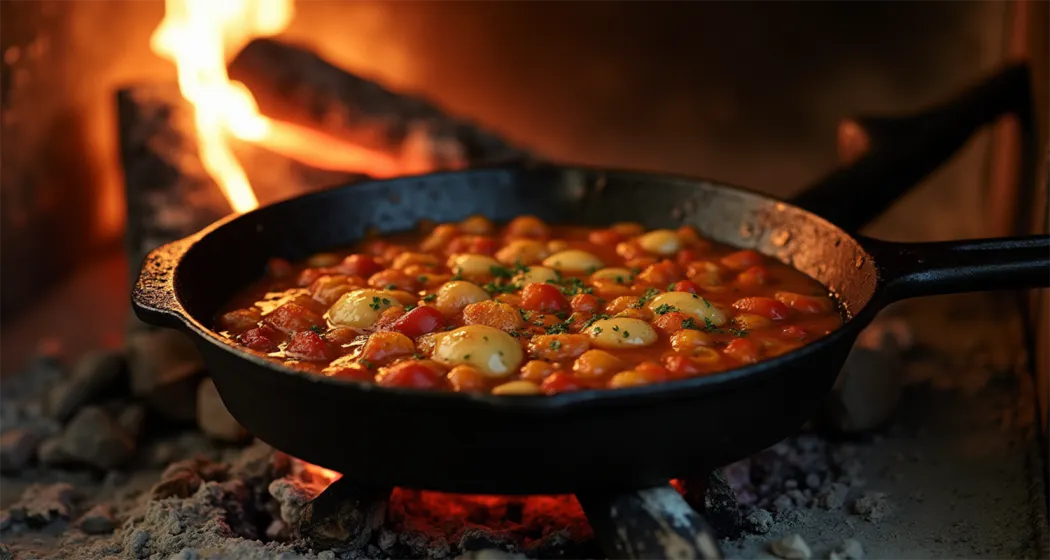
5 Must-Have Utensils for Cooking on a Wood Stove
Cooking on a wood stove is like stepping back into a simpler, more intentional way of life. But let me tell you, it’s not as romantic as it seems if you don’t have the right tools! I remember my first time trying to whip up breakfast on a wood stove during a camping trip it was a comedy of errors. Eggs stuck to the pan, the heat was uneven, and I was constantly dodging the intense heat with my bare hands. Over time, though, I learned which utensils make wood stove cooking a joy instead of a frustration. Here are five essentials you’ll want in your arsenal.
1. Cast Iron Skillet: The Workhorse of Wood Stove Cooking Utensils
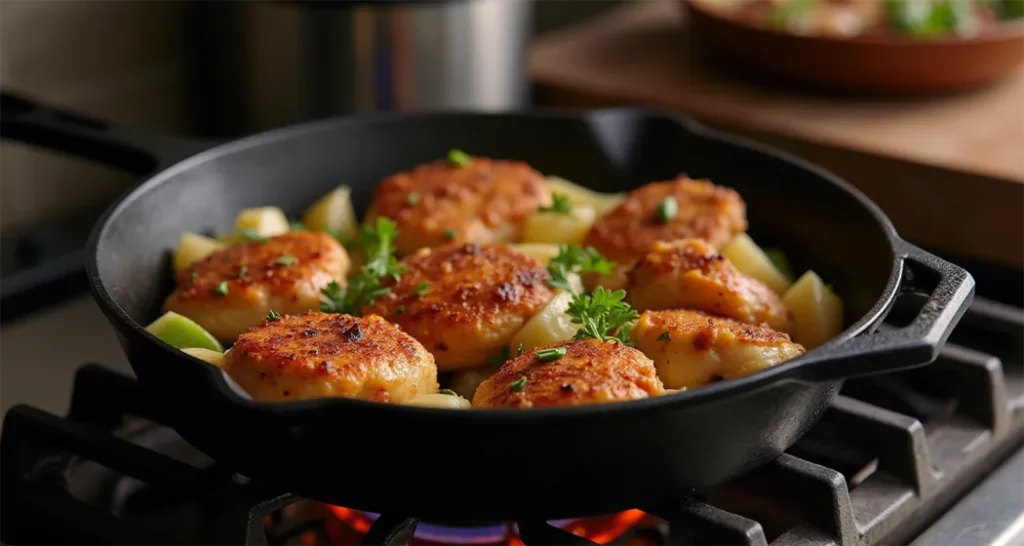
If there’s one tool that’s non-negotiable, it’s a cast iron skillet. This thing is a beast it can handle high heat, distribute it evenly, and retain it for ages. I use mine for everything from searing meats to frying up veggies. Once, I tried using a cheap aluminum pan on a wood stove, and it warped within minutes! Cast iron, though, is practically indestructible.
Here’s a pro tip: before you start cooking, make sure your skillet is properly seasoned. That’s what keeps food from sticking and gives it that mouthwatering flavor. After cooking, I just wipe it down with a little oil no soap and it’s good to go.
2. Dutch Oven: Your Multi-Purpose Utensil for Wood Stove Cooking
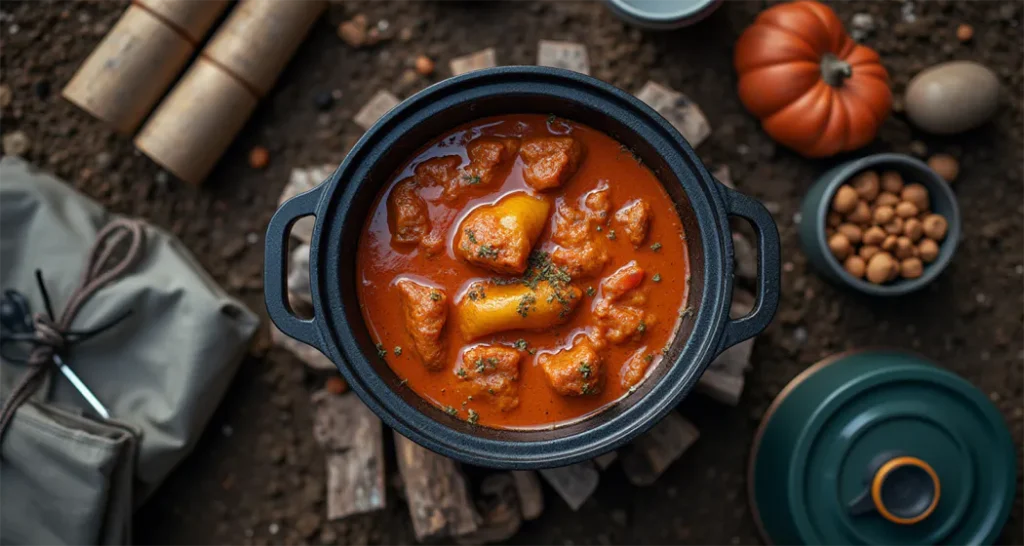
The Dutch oven is like the Swiss Army knife of wood stove cooking. Need to make a hearty stew, bake some bread, or slow-cook a roast? This heavy-duty pot has you covered. I remember the first time I used my Dutch oven to bake bread on the stove it felt like magic pulling out a perfectly golden loaf.
When choosing one, go for cast iron with an enamel coating if you want easier cleanup. And don’t forget to check the size! A 5-quart Dutch oven is usually a good starting point for most meals. Just make sure it has a lid that fits snugly, as that’s key to locking in heat and moisture.
3. Long-Handled Utensils: Essential Tools for Safe Wood Stove Cooking
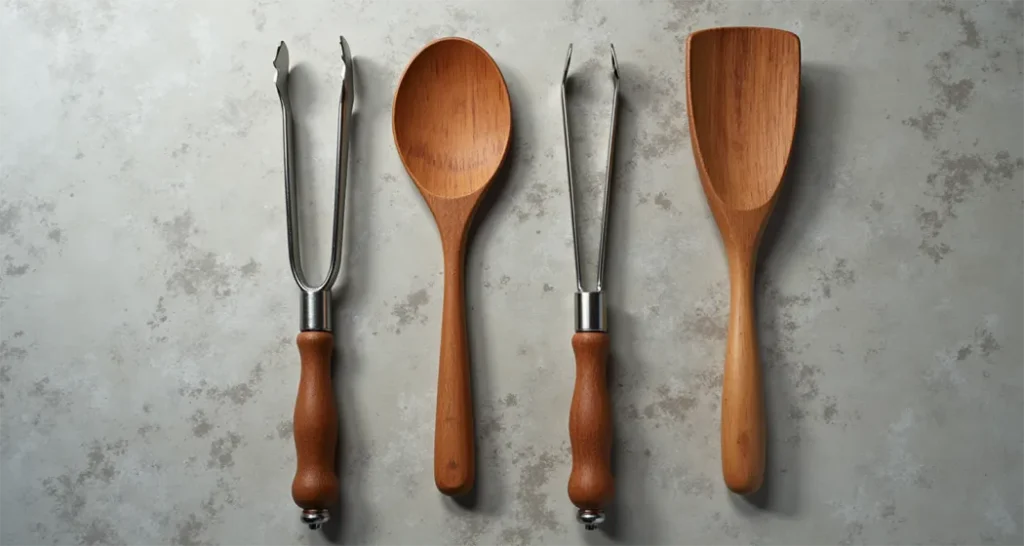
Here’s a lesson I learned the hard way: don’t skimp on long-handled utensils. Cooking over a roaring fire gets hot, and regular kitchen tools won’t cut it. I now swear by a sturdy pair of long-handled tongs and a wooden spatula. The tongs are perfect for flipping bacon or turning steaks without singeing your fingers, and the wooden spatula won’t scratch your cast iron.
Avoid plastic handles they can melt if you leave them too close to the heat. Trust me, I’ve lost a perfectly good spoon that way.
4.Heat-Resistant Gloves: Critical Gear for Safe Wood Stove Cooking
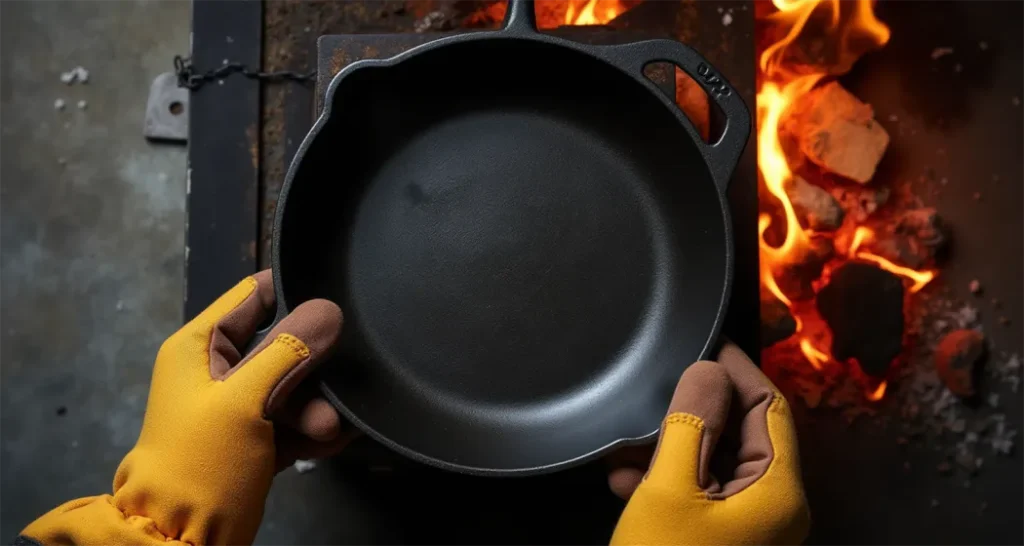
If you’ve ever accidentally grabbed a hot pan, you know how important this one is. Heat-resistant gloves are a game-changer for handling cast iron, shifting logs, or adjusting pots directly on the stove. I use gloves rated for at least 932°F, which sounds excessive, but when you’re working with unpredictable wood fire heat, you’ll appreciate the extra protection.
Look for gloves with a good grip nothing’s scarier than almost dropping a heavy, hot skillet. And don’t forget to store them somewhere easy to grab, especially when things get hectic.
5. Trivet or Cast Iron Grate: Elevate Your Cooking Game
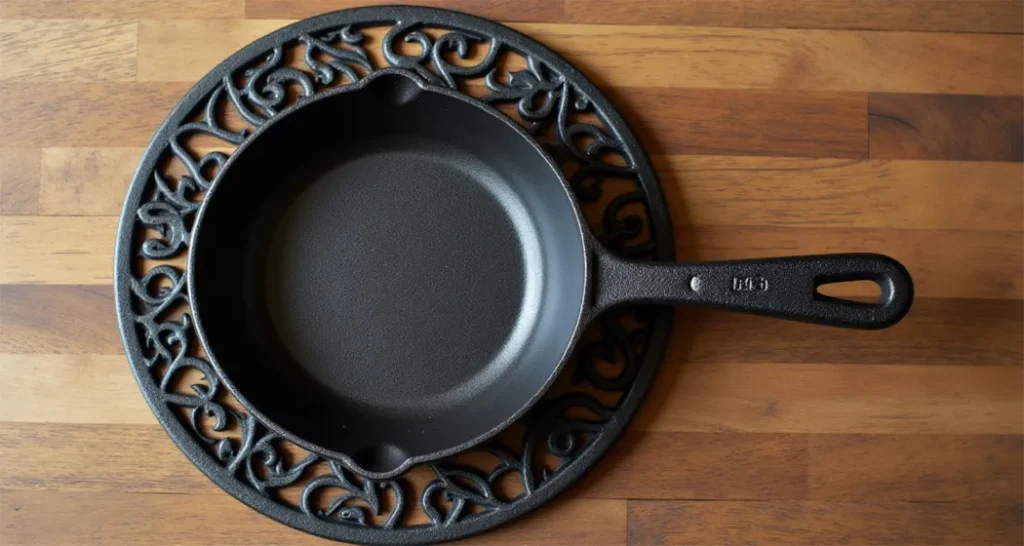
At first, I didn’t see the point of a trivet or grate, but boy, was I wrong. This little tool helps elevate your pot or pan off the stove’s surface, which is perfect for delicate dishes that need lower, even heat. I use mine to simmer soups or keep food warm while I focus on other tasks.
Plus, it doubles as a cooling rack when you’re done cooking. It’s the little things that make a big difference when you’re trying to multitask around a wood stove.
Tips for Managing Heat on a Wood Stove
Managing heat on a wood stove is both an art and a science. The key is to build a stable fire with evenly sized wood pieces. Hardwoods like oak and maple burn hotter and longer, making them ideal for cooking. If you’re simmering a dish, move it to the edges of the stove where the heat is less intense.
Use dampers to control the airflow and adjust the intensity of the flames. You’ll also find that different areas of the stove surface have varying heat levels experiment to find the best spots for boiling, frying, or simmering. It’s a bit of trial and error, but you’ll get the hang of it quickly.
- How to prepare for any adventure with a portable water filter
Common Mistakes to Avoid When Using Utensils for Wood Stove Cooking
- Using the wrong type of wood: Unseasoned or softwood can create excessive smoke and uneven heat.
- Skipping preheating: Always preheat your stove and cookware to ensure even cooking.
- Overloading the stove surface: Too many pots can make it hard to control the heat for each dish.
Learning from these mistakes will save you a lot of frustration I’ve been there, trust me!
Recipes or Meal Ideas for Wood Stove Cooking
- Hearty Stew: Combine beef, carrots, potatoes, and onions in your Dutch oven with broth and spices. Simmer for hours for a rich, flavorful meal.
- Skillet Cornbread: Pour your favorite cornbread batter into a preheated cast iron skillet. Bake it on the stove by covering it with a lid and placing hot coals on top.
- Campfire Pancakes: Use your cast iron skillet to whip up fluffy pancakes. Serve with syrup and fresh berries for a perfect breakfast.
These recipes showcase the versatility of utensils for wood stove cooking.
How to Choose Quality Utensils for Wood Stove Cooking
- Materials: Opt for cast iron, stainless steel, or wood these handle high heat best.
- Size: Match utensil size to your stove and cooking needs. A too-small skillet might not hold enough food, while an oversized Dutch oven can be unwieldy.
- Durability: Look for features like riveted handles, thick gauge metals, and high-quality finishes to ensure longevity.
Investing in quality tools will save you money in the long run and make cooking more enjoyable.
Cleaning and Maintenance Tips
- Cast Iron: To clean your cast iron cookware, rinse it under hot water and scrub gently with a stiff brush to remove residue, avoiding harsh detergents that can strip the seasoning.
- Gloves and Trivets: Wipe down gloves and trivets after each use to prevent buildup. Store them in a dry place to avoid mildew or rust.
- Utensils: For long-handled tools, ensure they’re thoroughly dried before storage to prevent rust or warping.
Proper maintenance ensures your tools last for years.
Pros and Cons of Cooking on a Wood Stove
Pros:
- Unique flavor from cast iron cooking.
- Energy efficiency and off-grid capability.
- Nostalgia and connection to traditional methods.
Cons:
- Steeper learning curve compared to modern stoves.
- Requires patience and effort to manage heat.
- Can be messy (ash, soot, etc.).
Knowing both sides can help you decide if wood stove cooking fits your lifestyle.
Cooking on a wood stove isn’t just about preparing meals; it’s about creating memories and embracing a slower pace of life. But the right tools make all the difference between a stressful experience and a fun, rewarding one. Whether it’s the versatility of a Dutch oven or the safety provided by heat-resistant gloves, these five utensils are must-haves for any wood stove enthusiast.
Ready to upgrade your wood stove cooking gear? Start with one tool or grab them all to transform your culinary adventures! Utensils for wood stove cooking will elevate your skills and make every meal memorable. And hey, if you have a favorite tool I missed, drop it in the comments. I’m always looking for new gear to try.
